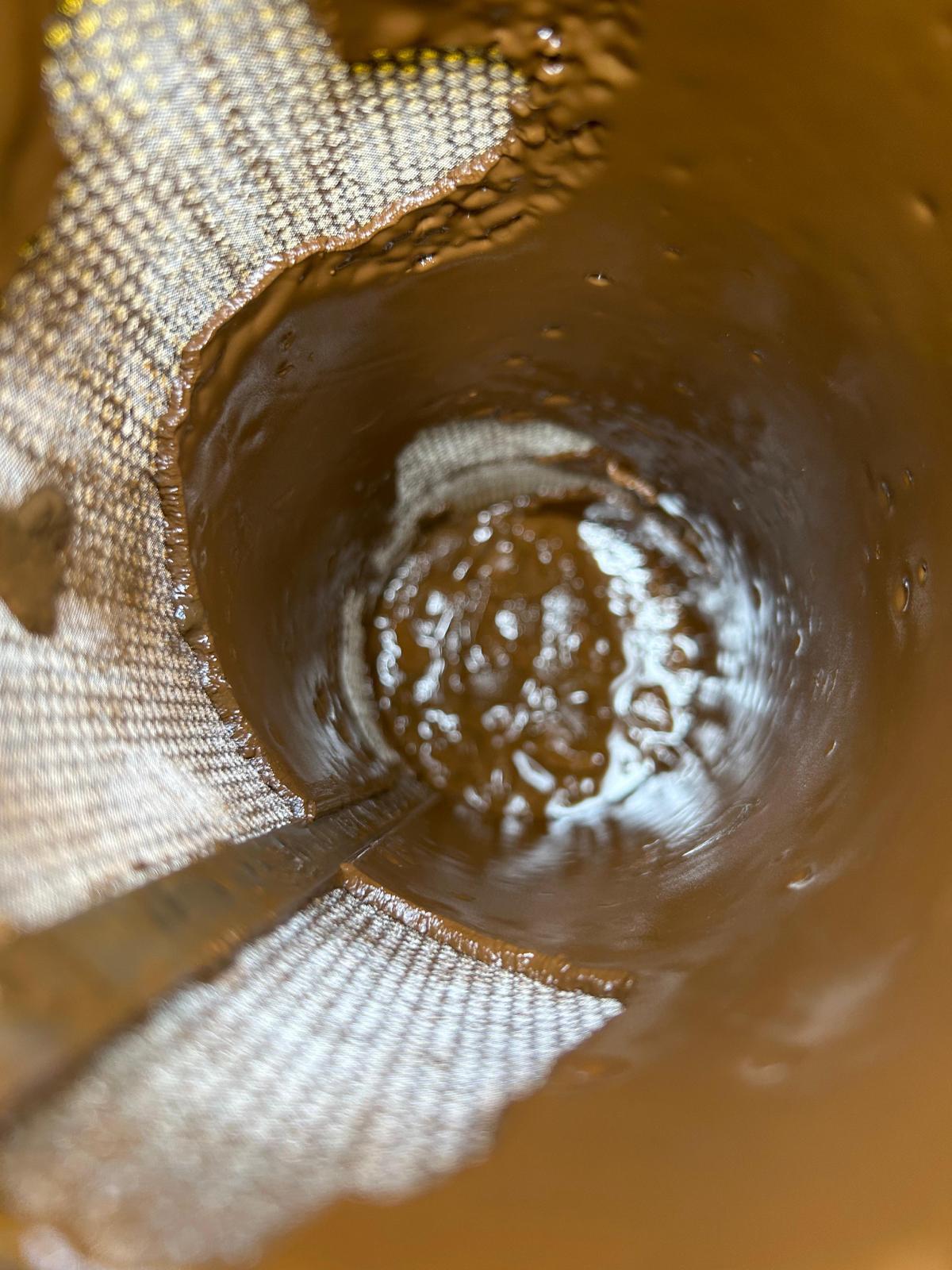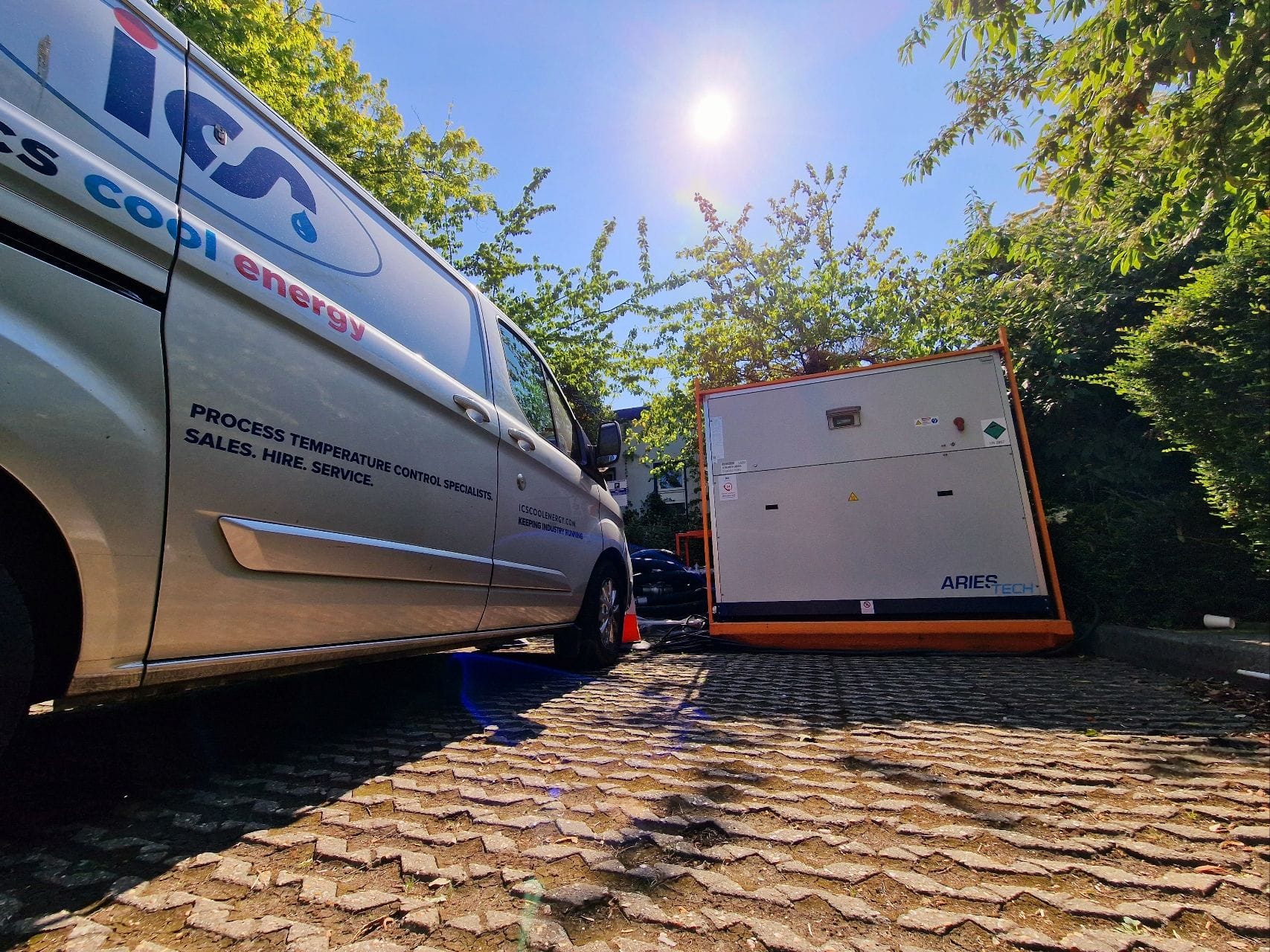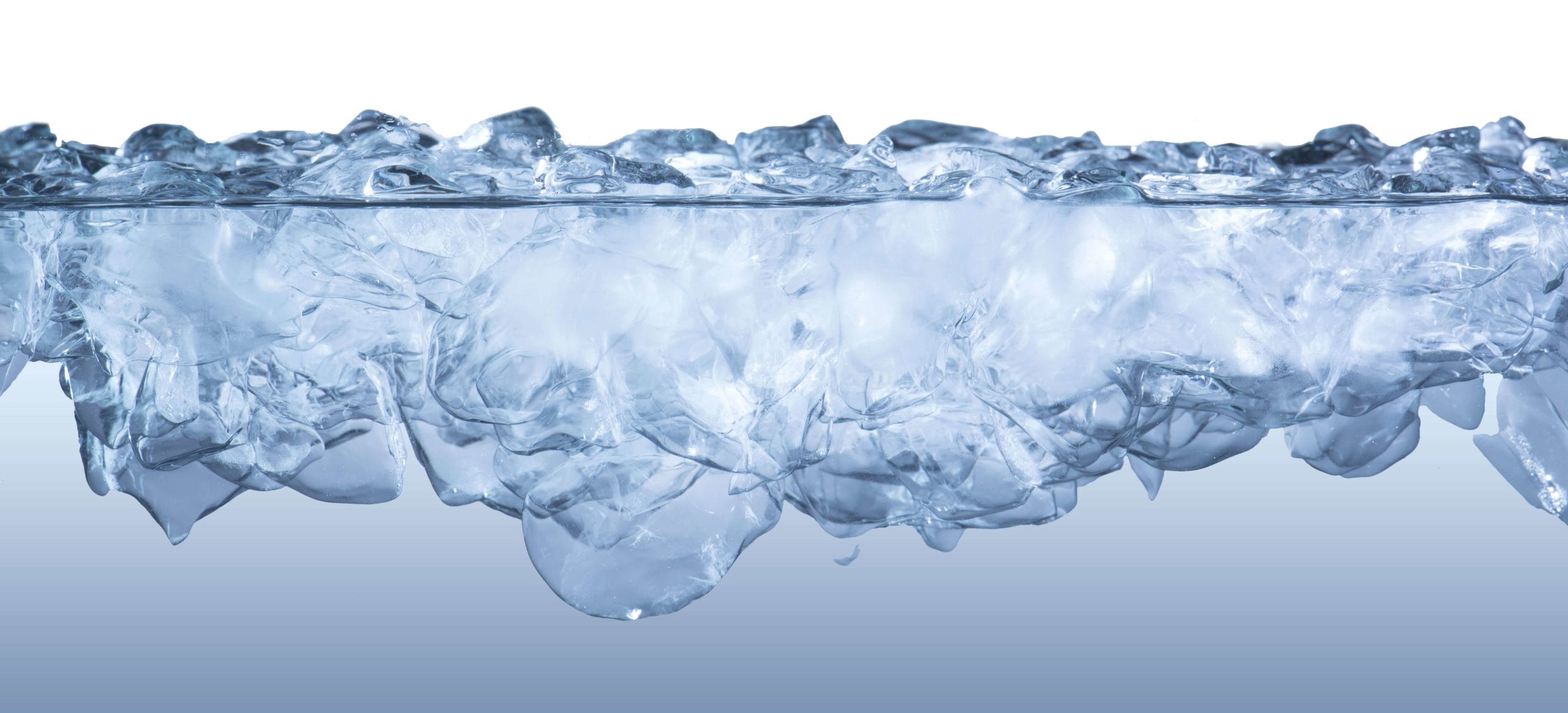Updated: September 8, 2016
Ten Tips For Using Glycol in Chillers and Chilled Water Systems
- Never use automotive anti-freeze
Automotive antifreeze is formulated for engine cooling and can cause problems with flow rates/ pressures and reduced heat transfer. - Only use inhibited glycol
Uninhibited glycol and water mixtures are very corrosive. Inhibitors protect against corrosion, scale and rust and act as a pH buffer and a biocide. Never use less than 25% Glycol, this will ensure that an adequate quantity of inhibitors are present. Never over-mix – use only the glycol concentration necessary to protect the equipment. - Don’t mix glycols
Do NOT mix different types of glycol or different brands. Incompatibilities can lead to formula separation which clogs filters, strainers and pump suctions as well as reducing its transfer properties. - Check your local environmental rules
Check local regulations for rules surrounding glycols and antifreeze solutions. Ground structure, water table, drainage and disposal may be things to consider. - How will glycol anti-freeze affect my system?
A glycol solution is denser than water and does not offer the same level of thermal transfer as water. It will therefore produce a slightly reduced cooling capacity, increase pumping power consumption and increase the fluid temperature difference. - Flowcool IG
This is ethylene-based glycol and it is the standard process/industrial antifreeze additive. FlowCool IG can be used in any application where low toxicity is not a requirement. - Flowcool-Plus & Flowcool FS
These are propylene-based glycols; FlowCool FS has been tested by the National Sanitary Foundation. They are non-toxic and are the antifreeze additives of choice for applications in the food and beverage industry and where user contact is a frequent occurrence. - Flowcool Bio
This is a BIO-glycol which is derived from a sustainable source and is non-toxic, nonflammable, non-hazardous and biodegradable. It is the ideal solution for sites and applications where environmental concerns are paramount. - What water to use
Most systems use ordinary mains “tap” water. However applying the appropriate inhibitors is of vital importance to prevent chiller system damage. Using one of the “Pure” waters – distilled, demineralised, de-ionised or RO Water – will remove all the unpredictability associated with town mains water. We recommend the use of pure water with a suitable (minimum 25%) inhibited Glycol mix to give the best system protection - Chiller and system hygiene and fluid maintenance
The chilled water system must be flushed, cleaned and sanitised prior to adding a new water/glycol solution.
The water/glycol solution must be regularly sampled and tested to ensure there are no underlying or progressive contamination and/or corrosion issues arising.
Related Articles

May 20, 2025
Why Seasonal Energy Performance Ratio (SEPR) Matters for Process Cooling.
The Manufacturer’s Perspective on Energy Efficiency, Compliance and Sustainability In the world of process cooling, selecting the right equipment is no longer just about capacity...
Read More
May 15, 2025
The Hidden Costs of Poor Water Treatment in Cooling Systems
Efficiency, reliability, and longevity are critical considerations in managing closed-circuit process chillers. While these units form the backbone of commercial and industrial cooling systems, their...
Read More
May 6, 2025
Preparing Your Chiller for Summer
Summer can be an unreliable season, often bringing unexpected heatwaves. Just as an overheated car engine can cause significant issues, the loss of cooling capability...
Read More